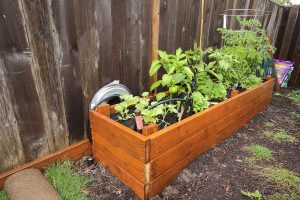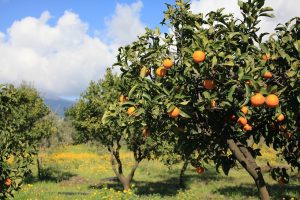Last Updated on April 19, 2024 by teamobn
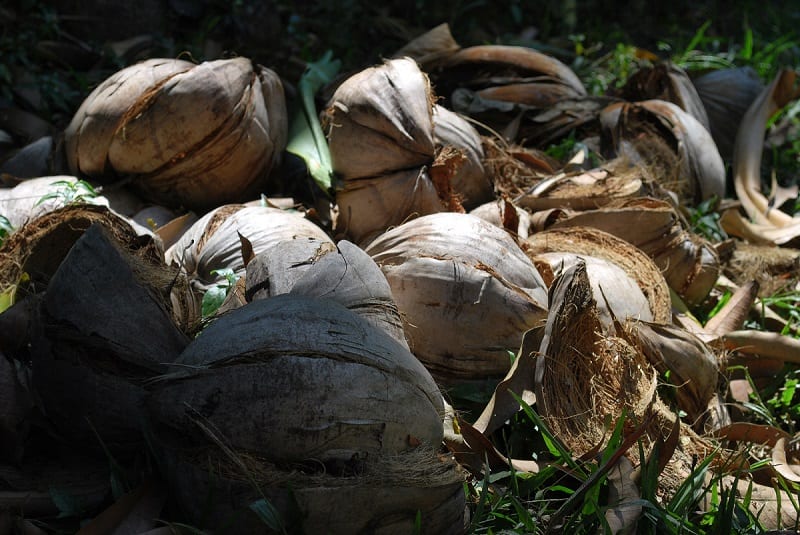
(Photo: Gabno Halili/Flickr)
Coir is the fibrous husk that comprises the outer layer of a ripe coconut. Unless you live in the tropics, you probably don’t see this part of the fruit too often. Coir is removed before coconuts arrive in grocery stores. This versatile organic material is now widely available in processed form for use in gardens.
The Western world started the uses of coco coir in gardening in the 19th century. But the material soon fell out of fashion because of the low-quality coco available at the time. That changed as processing technologies improved in the 20th century.
The Uses of Coco Coir in the Garden
Contents
- 1 The Uses of Coco Coir in the Garden
- 1.1 Coco Peat
- 1.2 Coir Starter Discs
- 1.3 Mulch Chips
- 1.4 Coco Coir Plant Liners
- 1.5 Coco Coir Biodegradable Pots
- 1.6 Coir Climbing Poles
- 1.7 Economic Impact in Uses of Coco Coir Production on Local Communities
- 1.8 Comparative Analysis of Coco Coir and Other Organic Materials
- 1.9 Reasons to Consider the Uses of Coco Coir
Today, the quality of coir varies according to processing technique, the length of pre-production storage, and human handling. Reputable manufacturers often treat their products to inhibit weeds, pests, and disease.
Below are six of the modern uses of coco coir in the garden.
Coco Peat
Coco peat is a soft, spongy soilless growing medium that may be added to soil or potting media to increase moisture retention, drainage, and aeration. Gardeners in Southeast Asia use it much like peat moss, perlite, or vermiculite. Coco peat supports strong root growth. That’s why more and more gardeners use it to start seeds and grow plants hydroponically.
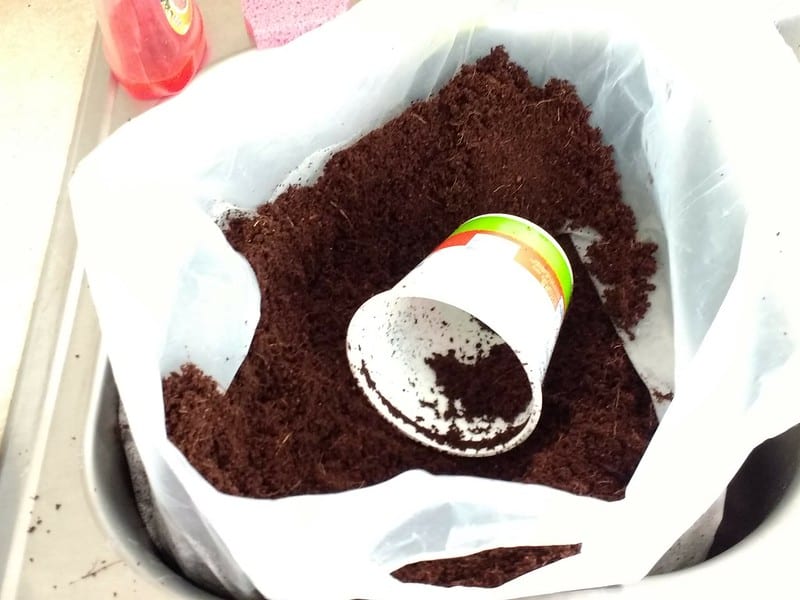
Coir Starter Discs
Some manufacturers pack coco peat into discs for use as a seed starting medium. This soilless uses of coco coir supports healthy root growth. The discs retain moisture, drain well, and provide good air circulation. You can start seeds indoors or even outdoors with the product, placing the discs directly into the ground when the seedlings are ready.
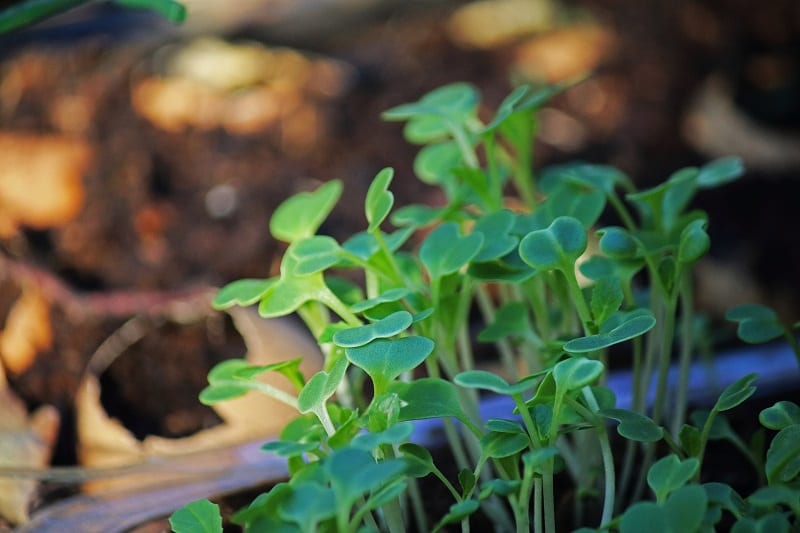
Mulch Chips
Coco coir mulch chips look like cubed husks. It is one of the uses of coco coir to increase moisture retention and inhibit weed growth. The aesthetically pleasing appearance of the chips has made them quite popular among gardeners throughout the world.
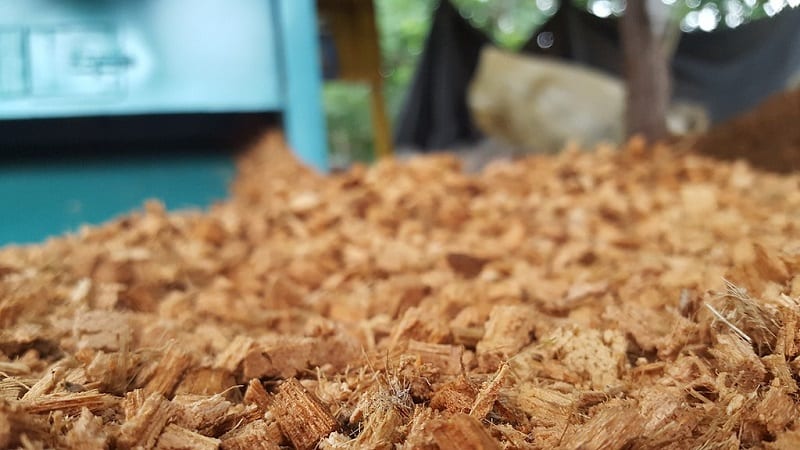
Coco Coir Plant Liners
Coco coir planter liners have a fibrous, woven texture. Uses of this coco coir involve sheets, by the roll, or pre-shaped to fit containers of various sizes. The pH of coco liners is ideal for planting.
Coir plant liners come in an assortment of shapes and sizes. Of course, those that manufacturers pre-shape to conform to standard container sizes are easier to use.
Those that come in sheets, on the other hand, will require some cutting. You will also need to soak the cut piece in water for about 30 minutes to help mold it into the shape of your container.
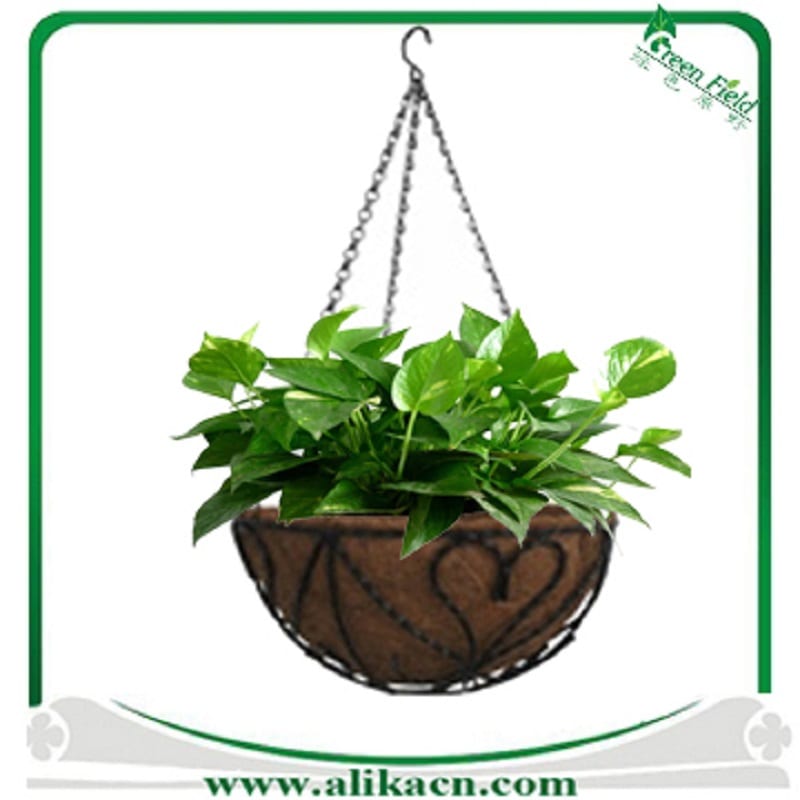
Coco Coir Biodegradable Pots
Coco coir biodegradable pots are made of coir fibers pressed into flower pot shapes. This is one of the uses of coco coir that is great for starting plants. They retain moisture, drain well, and permit good air circulation.
You can put them directly into the ground once your plants are ready for transplanting outdoors. You can also use coir pots as inserts for ceramic pots. Their water retention offsets the rapid drying-out of typical terra cotta pots and other porous containers, especially during hot weather.

Coir Climbing Poles
Coir poles are also called grow poles or plant climber sticks. Manufacturers make them by wrapping coir fiber sheets around PVC pipes and wooden poles. The poles are ideal for creepers and vines.
It is one of the uses of coco coir to help plants develop roots throughout the surface. You can use them in containers, as well. Climbing plants benefit from the extra moisture absorbed by the fiber wrapping.
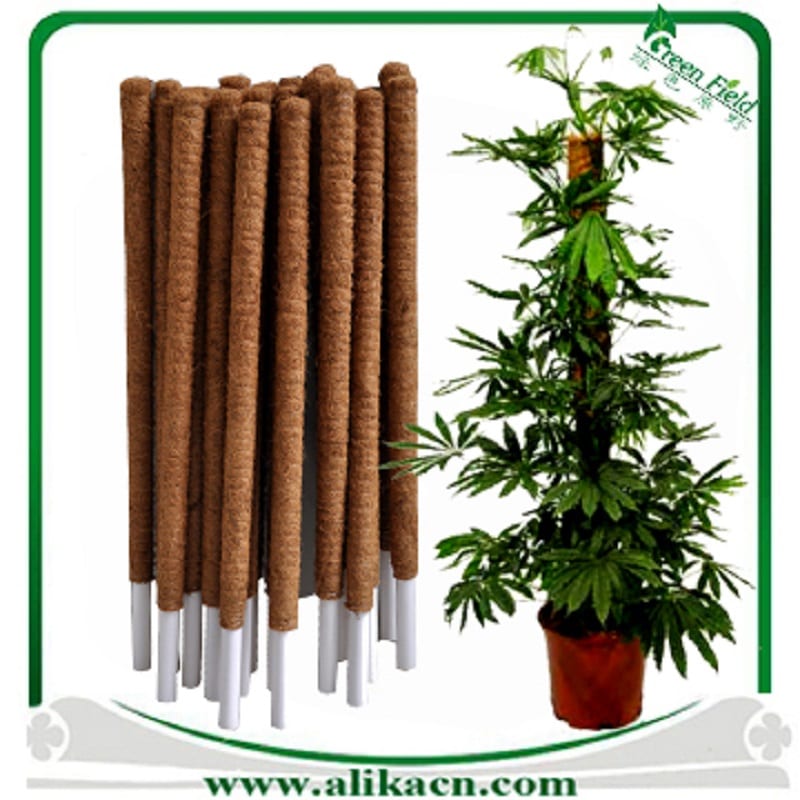
Economic Impact in Uses of Coco Coir Production on Local Communities
Coco coir, derived from the fibrous husk of coconuts, is more than just a versatile gardening product. It is a significant economic resource in coconut-producing countries. The production and processing of coco coir have profound effects on local economies, influencing employment, sustainable practices, and overall community welfare.
Here’s how the production of this organic material impacts the communities involved.
Job Creation and Skill Development
Coco coir production is labor-intensive, involving the collection, separation, and processing of coconut husks. This creates numerous jobs in rural areas where employment opportunities may be limited. From manual laborers who collect and transport husks to skilled workers who operate coir processing machinery, the industry supports a wide range of jobs. Furthermore, the growing global demand for eco-friendly products has led to new training programs, enhancing local skill sets and improving employment prospects.
Boosting Local Economies
The coco coir industry contributes significantly to the local economies of coconut-producing regions. As a valuable export product, coco coir helps generate foreign exchange earnings. Local businesses that develop products such as coco peat, mulch chips, and biodegradable pots can tap into international markets, bringing additional income into the community. This financial influx boosts local trade and supports ancillary businesses, including transport and retail.
Sustainability and Environmental Impact
Coco coir production promotes environmental sustainability and can lead to the adoption of eco-friendly practices. Since coconuts are a renewable resource, communities can rely on a consistent supply without depleting local natural assets.
Furthermore, the use of coco coir helps reduce reliance on non-renewable resources like peat moss, which involves destructive harvesting methods. By producing coco coir, communities not only utilize every part of the coconut but also contribute to global environmental conservation efforts.
Challenges and Opportunities
Despite its benefits, coco coir production faces challenges such as fluctuating market prices and the need for technological upgrades. To sustain and enhance the benefits to local communities, it is crucial to invest in better processing technologies and market strategies. Additionally, educating local producers about international quality standards can help them achieve better prices and market access.
By harnessing the uses of coco coir, local communities in coconut-producing regions can improve their economic prospects while contributing to a more sustainable world. The ongoing development of the coco coir industry holds the promise of continued economic and environmental benefits, making it a key player in the global shift towards sustainable materials.
Comparative Analysis of Coco Coir and Other Organic Materials
Coco coir, a byproduct derived from the outer husk of coconuts, is gaining popularity as a sustainable organic material in gardening and agriculture. Its unique properties make it a
competitive alternative to traditional organic materials such as peat moss, wood chips, and rice husks. This comparison examines the benefits and drawbacks in the uses of coco coir relative to these materials, focusing on environmental impact, effectiveness, and cost.
Coco Coir vs. Peat Moss
Environmental Impact: The uses of coco coir are considered more environmentally friendly than peat moss, which involves the draining of peat bogs, contributing to habitat destruction and increased CO2 emissions. In contrast, coco coir is a renewable resource made from coconut husks, a waste product of the coconut industry.
Gardening Use: Both materials are used to improve soil aeration and moisture retention. The uses of coco coir, however, has a neutral pH, which is beneficial for a wider range of plants compared to the naturally acidic peat moss. Additionally, coco coir decomposes at a slower rate, making it a more durable addition to soils.
Cost Effectiveness: While peat moss is generally cheaper in regions where it is locally sourced, the uses of coco coir is becoming more cost-effective as production and distribution methods improve. The long-term benefits of coco coir, such as its reusability and less frequent need for replacement, also provide cost savings over time.
Coco Coir vs. Wood Chips
Environmental Impact: Both the uses of coco coir and wood chips are natural byproducts and biodegradable. However, the sourcing of wood chips can lead to deforestation if not managed sustainably. Coco coir, made from coconut husks, utilizes what would otherwise be an agricultural waste product.
Gardening Use: Wood chips are primarily used as mulch to suppress weeds and retain soil moisture. While coco coir can also be used as mulch, its fine, fibrous nature makes it excellent for soil conditioning, increasing soil structure and water retention without compacting.
Cost Effectiveness:Wood chips can be inexpensive, especially if sourced locally, but their application is generally limited to mulch. Coco coir offers a broader range of uses, from raising seedlings and growing hydroponically to serving as a soil amendment, potentially justifying a higher price point for its versatility.
By choosing coco coir, gardeners and agriculturists tap into a sustainable resource that offers extensive benefits across various applications. Its rising popularity underscores its potential as a cornerstone of environmentally conscious gardening practices.
Reasons to Consider the Uses of Coco Coir
The uses of coco coir are a smart choice if you’re looking for environment-friendly garden products. Coconuts are an easily renewable resource. In fact, a single coconut tree is able to produce upwards of one hundred and fifty coconuts each year.
That means that producers of coconut coir products can rely on a constant supply of raw materials. Even better, coconut trees often do not require pesticides and other chemicals to maintain healthy growth.
But while the quality of coco coir gardening products has improved over the past few years, be careful that you buy only from reputable producers. You may also need to supplement coco coir peat with calcium and magnesium should you choose to use it for a growing medium.
Be that as it may, when you purchase and use coconut-based gardening products, you can trust that you’re making a responsible choice for the environment.

